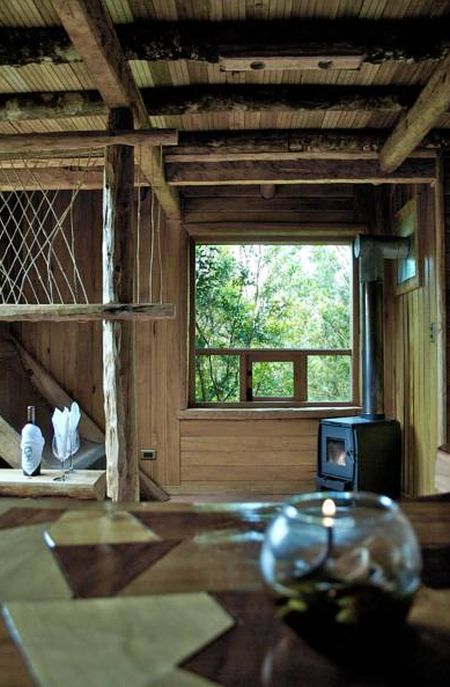|
|
Espejo De Luna Hotel, Chiloé Island, Chile
|
The first Spaniard to sight the coast of Chiloé was the explorer Alonso de Camargo in 1540, as he was travelling to Peru. However, in an expedition ordered by Pedro de Valdivia, captain Francisco de Ulloa reached the Chacao Channel in 1553 and explored the islands forming the archipelago, and is thus considered the first discoverer of Chiloé. In 1558, Spanish soldier García Hurtado de Mendoza began an expedition which would culminate in the Chiloé archipelago being claimed for the Spanish crown.
The city of Castro was founded in 1567. The island was originally called New Galicia by the Spanish discoverers, but this name did not stick and the name Chiloé, meaning “place of seagulls” in the Huilliche language, was given to the island.
Jesuit missionaries to Chiloé Island, charged with the evangelization of the local population arrived on Chiloé at the turn of the 17th Century and built a number of chapels throughout the archipelago. By 1767 there were already 79 and today more than 150 wooden churches built in traditional style can be found on the islands, many of these declared World Heritage Sites by UNESCO. Following the expulsion of the Jesuits in 1767, the Franciscans assumed responsibility for the religious mission to Chiloé from 1771.
Chiloé only became part of the Chilean republic in 1826, eight years after independence and following the two failed campaigns for independence in 1820 and 1824.From 1843, a large number of Chilotes (as inhabitants of the island are called) migrated to Patagonia in search of work, mainly in Punta Arenas, but as living and working conditions in Chiloé improved in the following century this migration began gradually to decrease.
|
|









